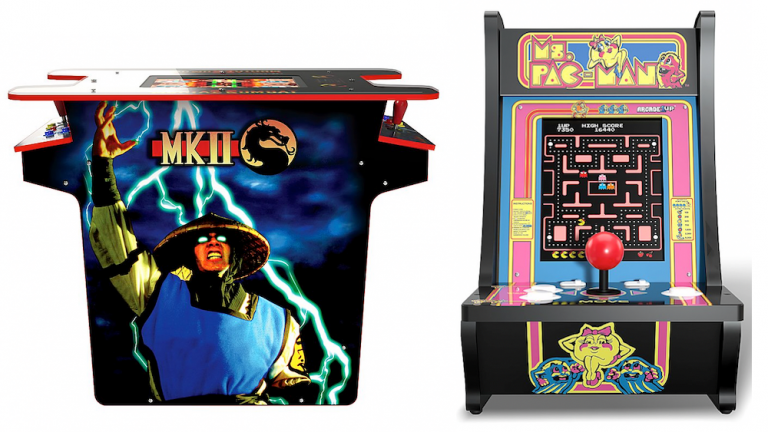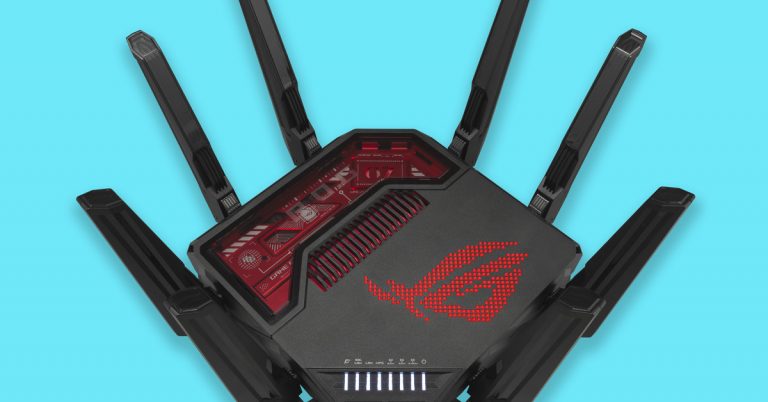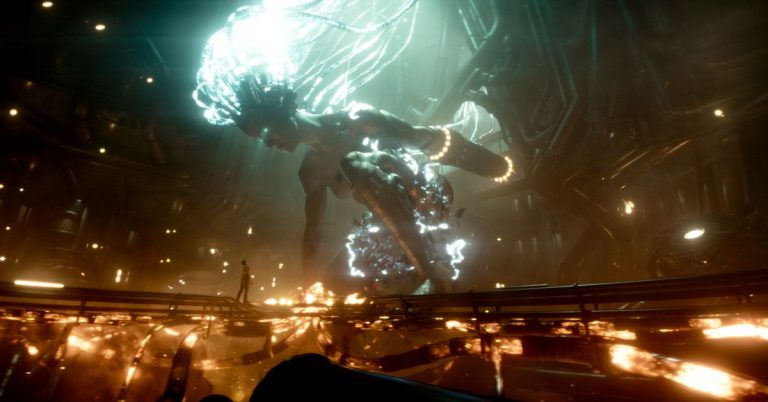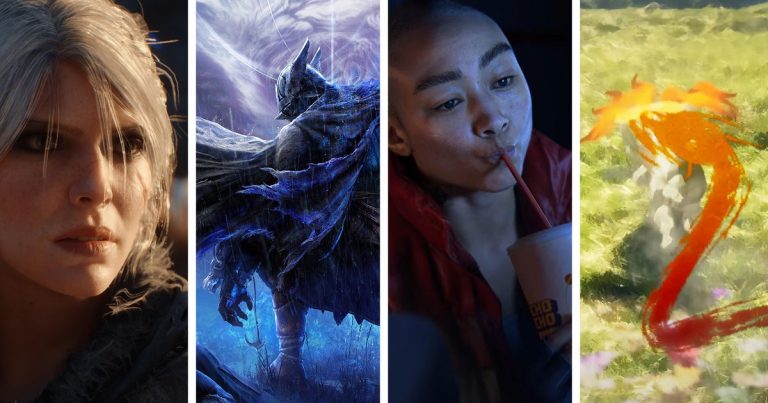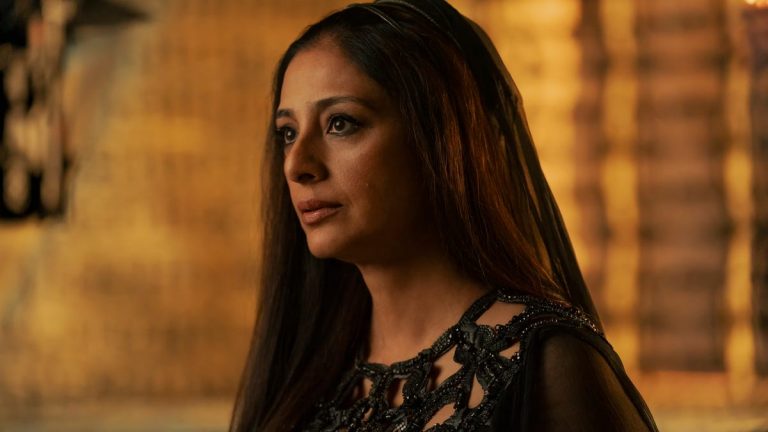Unlock the Enduring Fandom: Why Goblin Green Remains the Go-To Choice for Warhammer Paint Enthusiasts
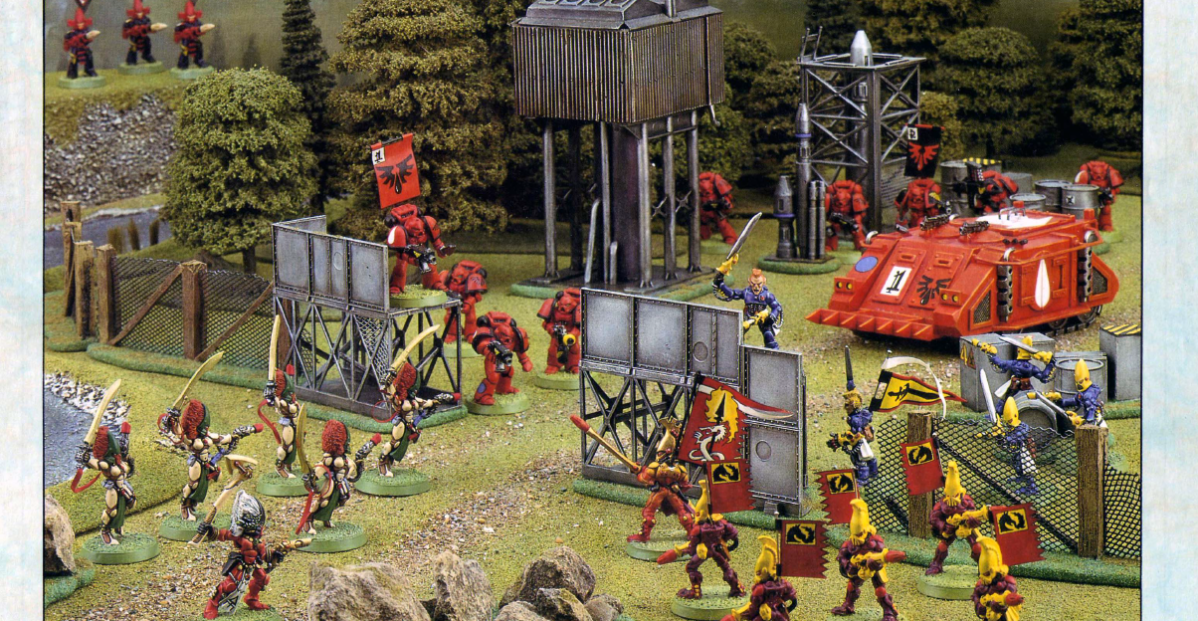
The Allure of Goblin Green: A Journey Through the Paints of Warhammer
For those who grew up with Warhammer, the nostalgic charm of a particular shade of green paint can be overwhelming. Among the vivid hues and metallic finishes of the Warhammer world, one color stands out – Goblin Green. Its muted, earthy tone may seem ordinary, but it’s a nostalgic touch that evokes a sense of nostalgia and warmth for the gamers who fondly remember it.
In the 1990s, miniatures from Warhammer 40,000 and Fantasy Battle often sported the distinctive green base coat. The color wasn’t limited to just a few minis; it was an integral part of the painting process. Many a gaming session was spent painstakingly applying layers of paint, carefully blending the colors, and meticulously highlighting the miniature’s details. For some, the experience of painting with Goblin Green is inextricably linked with memories of playing the game, gathering with friends, and experimenting with different techniques.
"We all knew and loved Goblin Green," recalls Louise Sugden, a mini-painting YouTuber and former Games Workshop presenter. "Now that wargaming has become a bit more gritty and realistic, I think people look back on Goblin Green quite fondly because it’s a bit of a lurid color and it’s a bit goofy."
But where did this iconic paint originate from? The answer lies with Coat d’Arms, a company founded by Bill Lucas, a former Games Workshop employee. Lucas, according to Mike Lewis, Coat d’Arms’ owner from 2006 until his retirement in July, was approached by HMG, a company that produced paints for Games Workshop, with a unique proposition. HMG had excess paint from the Games Workshop era and offered it to Lucas, who then launched Coat d’Arms.
The first 43 colors in the Coat d’Arms fantasy range were based on the colors from the original Games Workshop 1990s fantasy range. Goblin Green has remained the top-selling paint, sometimes by 10 to one compared to other colors, Lewis notes. However, over the years, the formulas have changed due to ingredient scarcity.
The idea of a consistent color is, in truth, more fantasy than reality. When Bill Lucas obtained the Second World War range of paints from HMG, he discovered that the company that painted the British Army’s tanks during the war used a shade of green that differed month to month, depending on available materials.
[Image: Warhammer miniatures with Goblin Green bases, along with pots of Games Workshop’s 1994 version of Goblin Green, center, and other brands’ equivalents.]
Goblin Green has become a beloved part of the Warhammer community, with many fondly remembering the color and the experiences associated with it. As wargaming has evolved, so has the industry, and newer paints may not perfectly recreate the Goblin Green of our 1990s-tinted dreams. But for those who cherish this nostalgic shade, it will always be a symbol of the passion and creativity that defines the world of miniatures painting.
Other Colors, Other Memories
While Goblin Green holds a special place in the hearts of many, other colors have their own unique histories and nostalgic value. Each shade evokes memories of specific gaming sessions, beloved characters, and personal stories. As we continue to explore the world of miniature painting, it’s the stories and experiences behind the colors that truly make them special.
Whether it’s the earthy tones of the Warhammer 40,000 scenery, the vibrant hues of the Orcs and Goblins’ armor, or the bold colors of the Eldar, each shade tells a unique story of the people, places, and battles that make up the Warhammer universe. As we gaze upon these miniatures, we’re not just seeing colors – we’re remembering the people, places, and experiences that made gaming such a cherished part of our lives.
Related Reading
[Your other article title]: How Wargaming’s Past Informs Its Present

